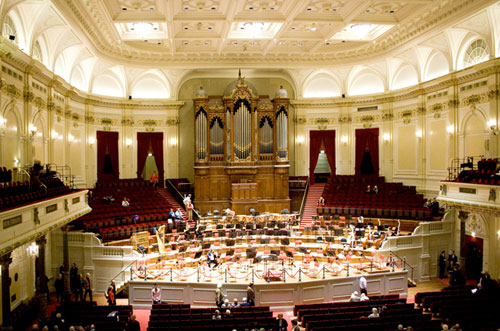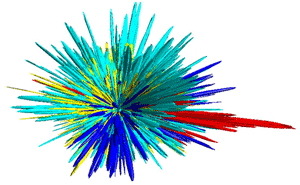Virtual but Vivid
Learning Objectives:
- Understand key acoustical concepts.
- Explain the simulation process known as auralization.
- Describe the acoustical design challenges presented by several recently completed projects.
- Discuss how auralization helped inform decision making for these projects.
Credits:
Acoustics have the ability to influence our appreciation of a space, perhaps as much or even more than other physical properties, including shape, the amount or type of illumination, and the colors and textures of finishes. But since sound is not at all visual, and is arguably the least tangible attribute of an architectural environment, understanding what makes a room acoustically successful can be challenging for the nonengineer. Even for technologically savvy architects and acoustically acute clients, data describing absorption, reflection, or diffraction is often inadequate for communicating what a proposed space will sound like.
However, an acoustical rendering technique known as "auralization," enabled by faster computer processors and the increasing sophistication of software for analysis and simulation, has been gradually gaining ground over the past decade, allowing project teams and owners to experience the sound of an unbuilt room. Even though these sonic renderings are often created long before the first wall is erected, proponents insist that well-devised auralizations are more than rough approximations. "The process has scientific rigor behind it," says Ben Markham, a senior acoustical consultant at Cambridge, Massachusetts−based Acentech.
The process of auralization (a neologism that combines "aural" and "visualization") begins with a so-called "impulse response" - an acoustical signature unique to a particular room, sound source, and listener location. In an existing space this signature can be captured: Acousticians emit a brief, sharp signal from an omnidirectional loudspeaker and record it with a specialized microphone placed at the listener's location, documenting the original impulse and subsequent reflections from all angles and surfaces. Engineers can analyze this signature to better understand the correlation between perceived acoustical qualities and architectural characteristics.
 |
|
| Photo: © Miriam Rossignoli | |
 |
|
 |
The study of the acoustic signatures of spaces with highly regarded sound, like the late 19th-century Concertgebouw in Amsterdam, can help engineers understand what makes a space acoustically successful. Arup deploys a proprietary visualization technique that maps these signatures in three dimensions, describing how quickly reflections arrive from different directions. |









